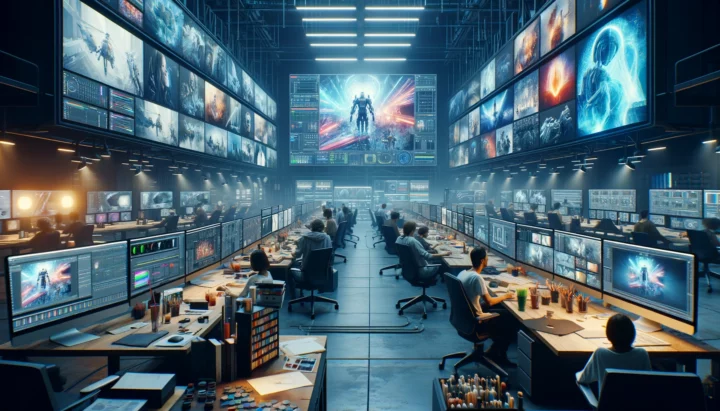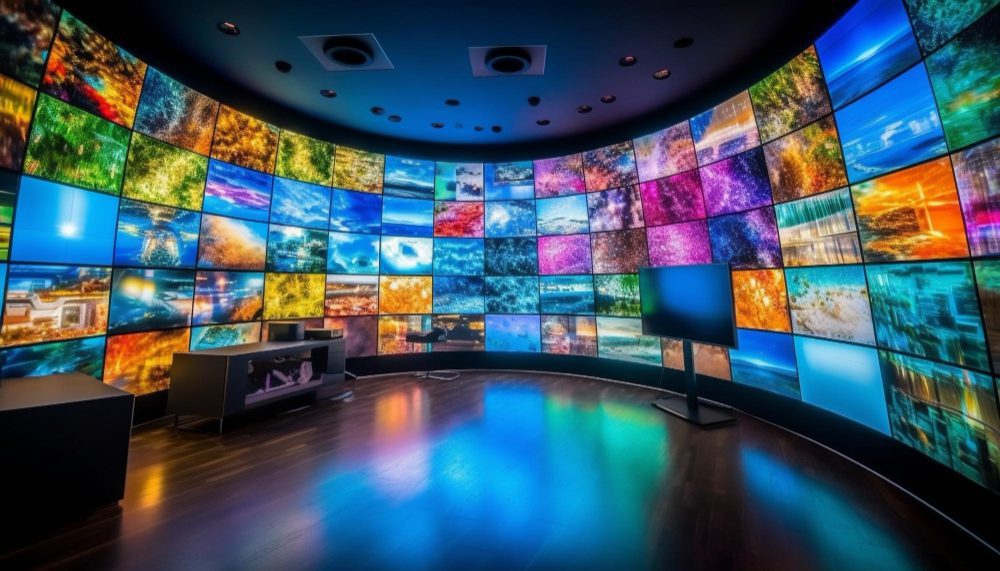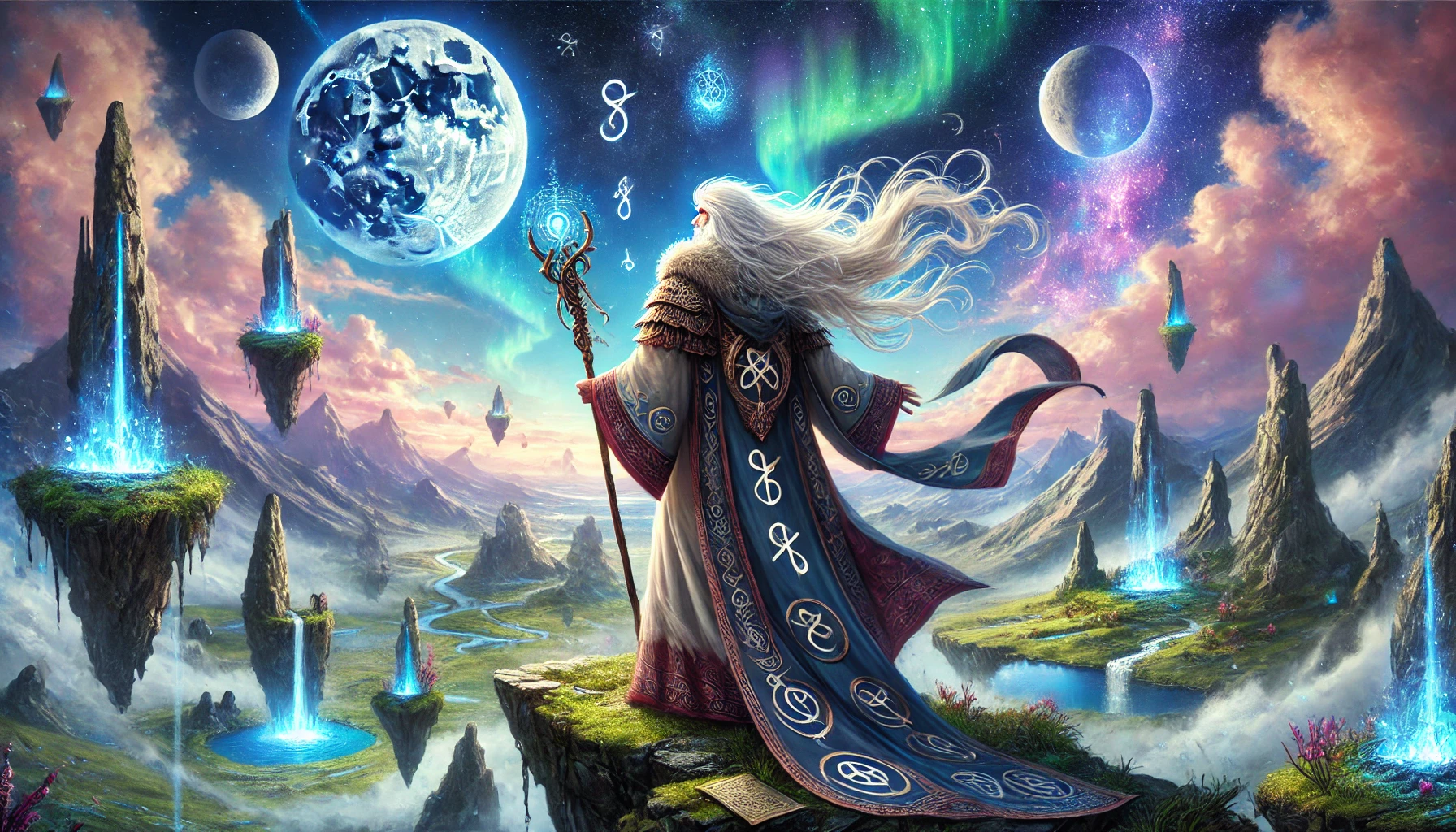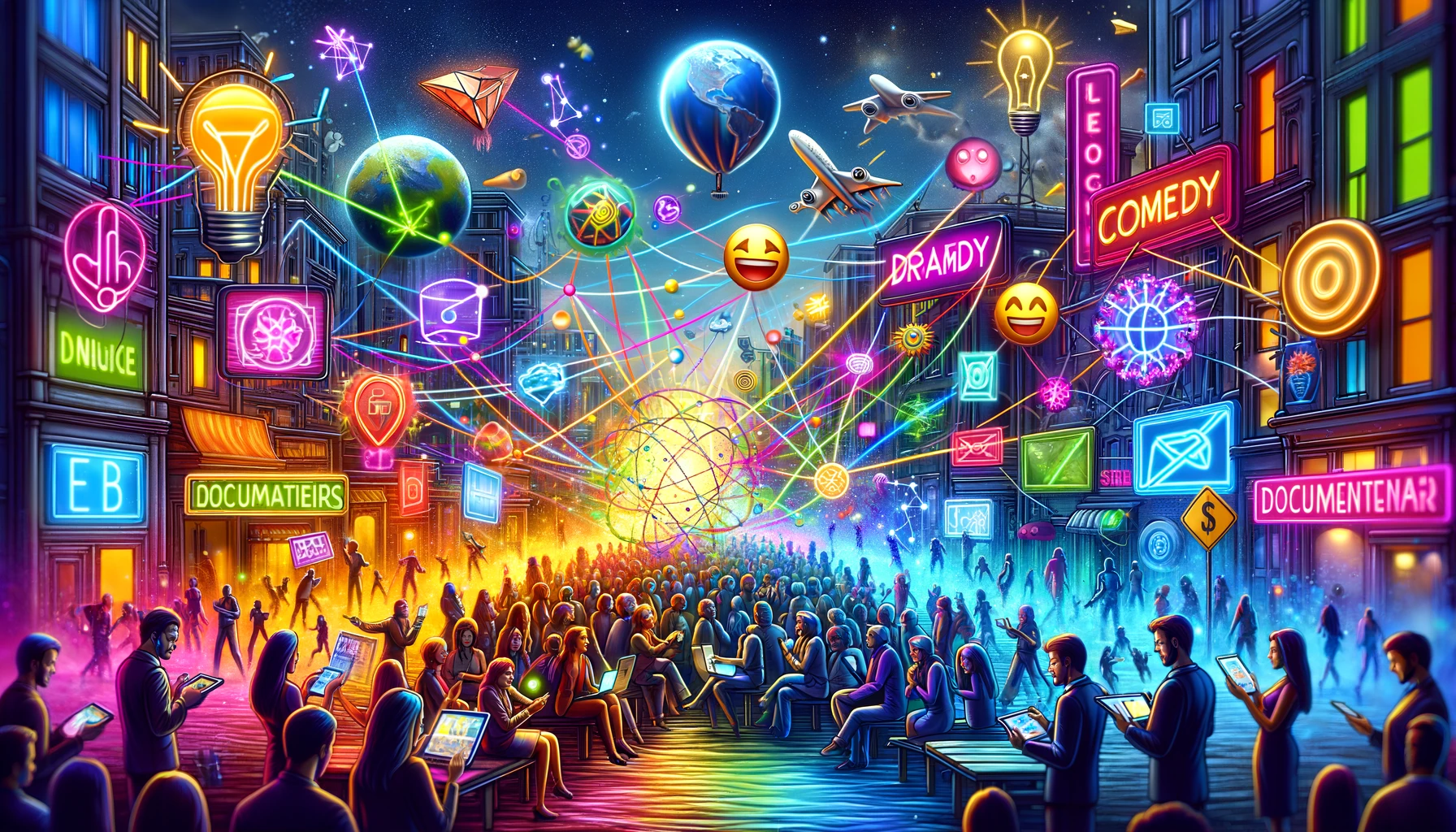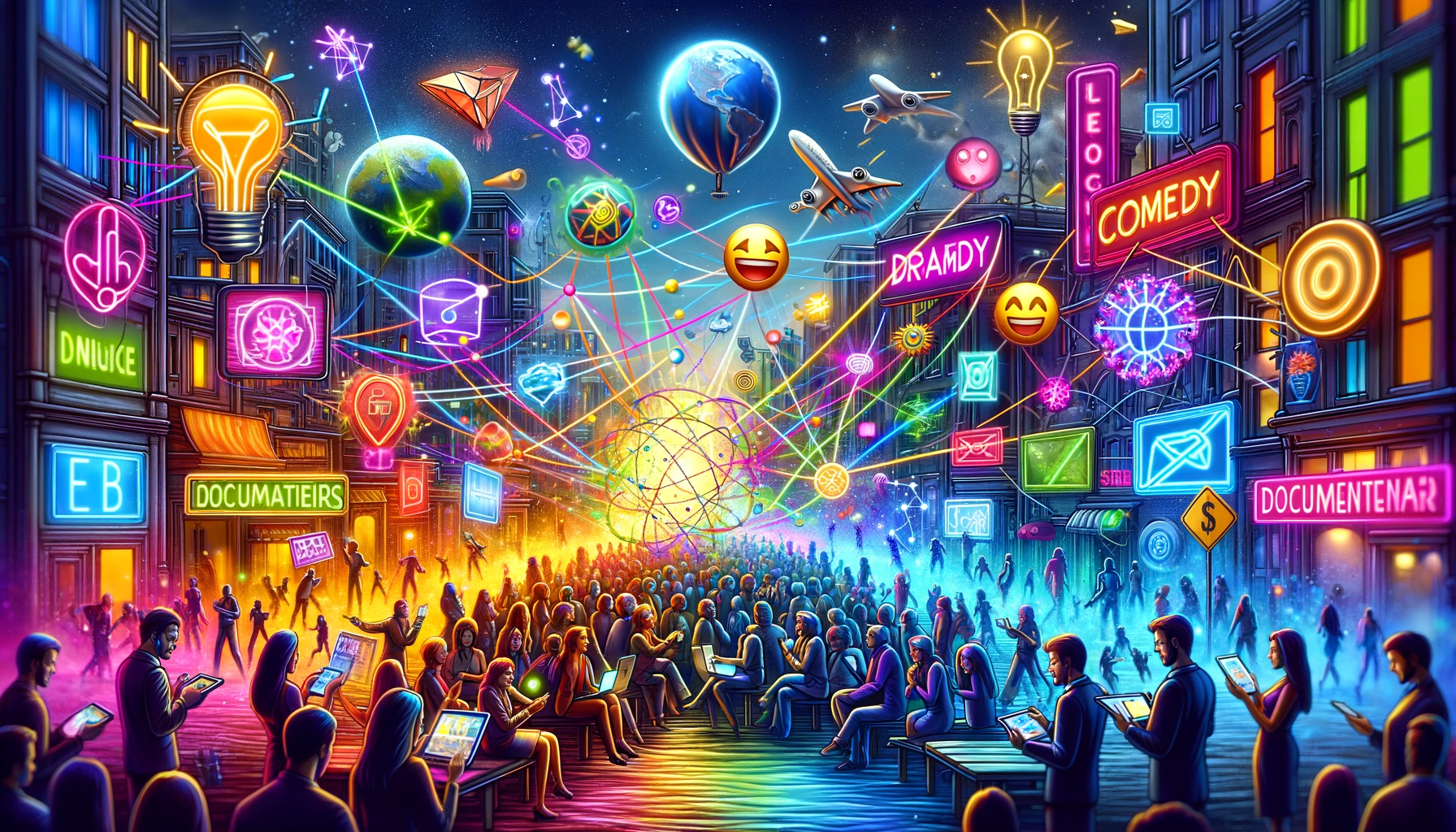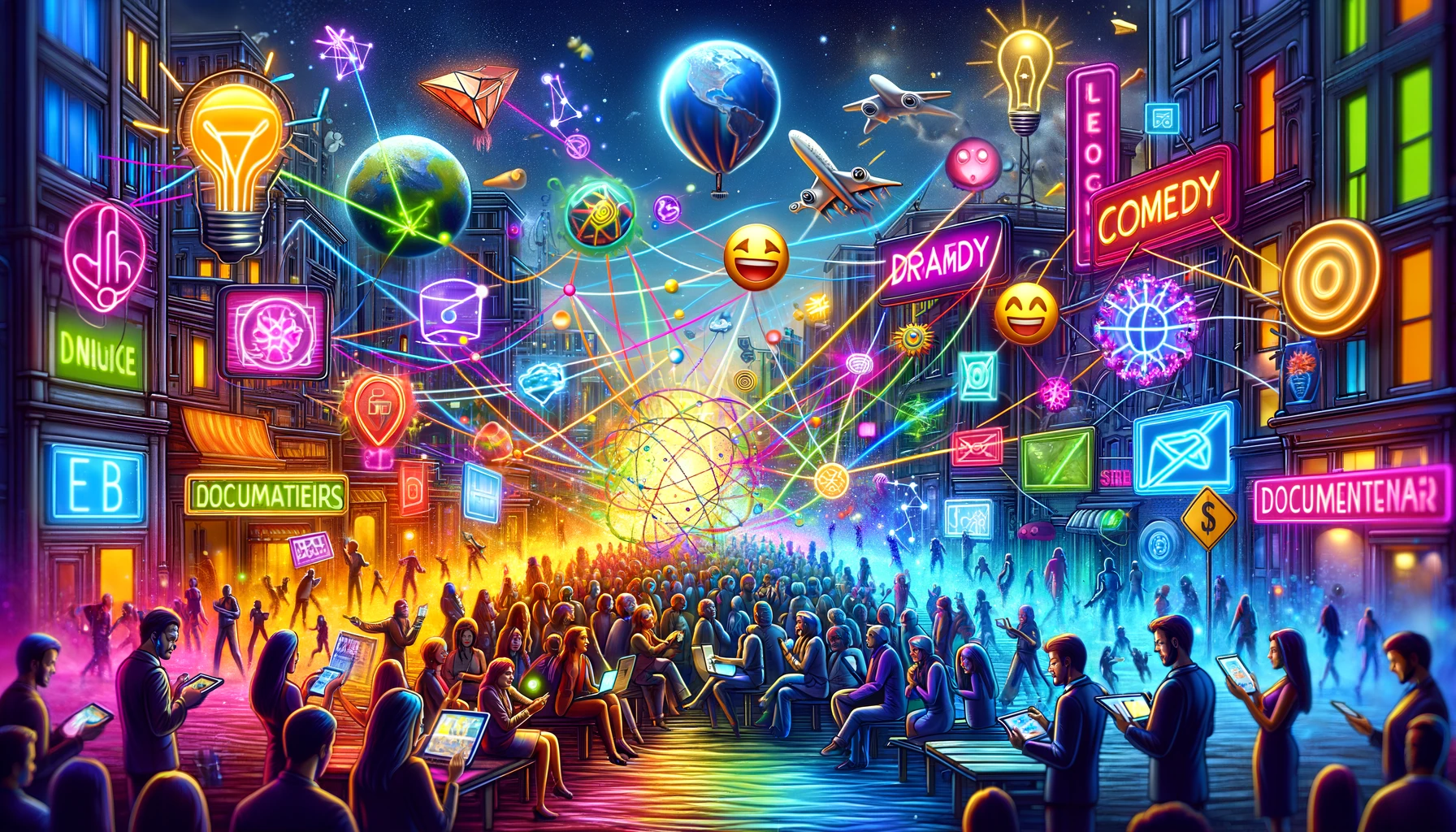Introduction
The magic of cinema, the thrill of animation, the immersive worlds of video games – they all begin with a spark of an idea, ignited through collaboration in pre-production. Pre-production is the crucial planning and preparation stage where visions take shape, stories are crafted, and the foundation for a successful project is laid. It’s where creativity meets strategy, and where collaboration truly shines.
This article explores the vital role of collaboration in pre-production, highlighting key roles, essential tools, communication strategies, and how Vitrina.ai can empower your team to achieve creative success.
Table of content
- Introduction
- The Key Players: Collaborative Roles in Pre-Production
- Essential Tools: Facilitating Seamless Collaboration
- Communication Strategies: The Foundation of Successful Collaboration
- Overcoming Challenges: Navigating the Collaborative Landscape
- Case Studies: Real-World Examples of Collaborative Success
- Vitrina.ai: Enhancing Collaboration in Pre-Production
- Find Your Dream Team on Vitrina.ai
- Conclusion
- FAQs
Optimize Your Pre-Production Workflow

The Key Players: Collaborative Roles in Pre-Production
The Director and Producer: A Collaborative Partnership
At the heart of pre-production lies the dynamic duo: the director and the producer. The director, the creative visionary, guides the artistic direction of the project. The producer, the master of logistics and organization, oversees the practical aspects of bringing that vision to life. Their collaboration is essential for balancing creative ambition with practical constraints.
Think of iconic director-producer partnerships like Steven Spielberg and Kathleen Kennedy, or Christopher Nolan and Emma Thomas. Their shared understanding and collaborative spirit have resulted in some of the most captivating films in cinematic history.
Screenwriters, Storyboard Artists, and the Birth of a Story
The screenwriter, the architect of the narrative, weaves words into a compelling script, breathing life into characters and crafting engaging storylines. The storyboard artist then takes those words and translates them into a visual narrative, sketching out key scenes and sequences, like a comic book blueprint for the project.
This collaborative dance between words and visuals is beautifully exemplified in the creation of animated films. At Pixar, for instance, screenwriters and storyboard artists work closely together, iterating on ideas and refining the story through visual storytelling.
The Art Department and Production Design: Creating the Visual World
The art department, a team of skilled artisans, is responsible for crafting the visual aesthetic of the project. Set designers build immersive environments, costume designers clothe characters in attire that reflects their personalities, and prop masters source or create objects that bring authenticity to the scenes. Leading this creative force is the production designer, who establishes the overall visual style and ensures cohesion across all departments.
The intricate world-building in films like The Lord of the Rings showcases the power of collaboration between the art department and production design. From the sweeping landscapes of Middle-earth to the intricate details of Elven costumes, each element contributes to a cohesive and believable world.
Essential Tools: Facilitating Seamless Collaboration
Project Management Software: Keeping Everyone on Track
In the fast-paced world of pre-production, staying organized is paramount. Project management software provides a centralized hub for managing tasks, tracking progress, and ensuring everyone is on the same page. Popular tools like Asana, Trello, and Monday.com offer features like Kanban boards, Gantt charts, and customizable workflows to streamline the pre-production process.
Imagine using a Kanban board in Trello to visualize the pre-production workflow. Each task, from script revisions to location scouting, is represented by a card that moves through different stages (To Do, In Progress, Done) as the project progresses. This visual representation keeps everyone informed and ensures a smooth flow of work.
Communication Tools: Fostering Clear and Efficient Communication
Clear and efficient communication is the lifeblood of successful collaboration. Pre-production teams rely on a variety of tools to stay connected and share information effectively.
- Video conferencing (Zoom, Google Meet) allows for face-to-face meetings, brainstorming sessions, and real-time discussions, even when team members are geographically dispersed.
- Instant messaging (Slack, Microsoft Teams) provides a platform for quick updates, informal communication, and sharing files instantly. Dedicated channels for different departments can streamline communication and ensure that information reaches the right people.
- Collaborative document editing (Google Docs, Microsoft Office Online) enables simultaneous editing of scripts, production notes, and other shared documents, fostering real-time feedback and version control.
Cloud-Based Platforms: Centralizing and Sharing Resources
Cloud-based platforms have revolutionized pre-production collaboration by providing a centralized repository for storing, sharing, and accessing files from anywhere with an internet connection. Platforms like Google Drive and Dropbox offer ample storage space and version control, ensuring everyone is working with the latest files. Specialized platforms like Frame.io cater specifically to video production, enabling teams to review and provide feedback on animatics, VFX sequences, and edited footage.
Communication Strategies: The Foundation of Successful Collaboration
Active Listening and Open Dialogue: Building a Collaborative Environment
Collaboration thrives in an environment where ideas flow freely and everyone feels heard. Active listening is crucial for building trust and understanding within a pre-production team. It involves paying close attention to what others are saying, asking clarifying questions, and paraphrasing to ensure comprehension. This creates a safe space for team members to share their thoughts, concerns, and creative ideas without fear of judgment.
Regular brainstorming sessions, where all team members are encouraged to contribute, can foster a culture of open dialogue and spark innovative solutions.
Clear and Concise Communication: Avoiding Misinterpretations
Miscommunication can derail even the most well-intentioned pre-production plans. To avoid costly misunderstandings, clear and concise communication is essential. Using visual aids like mood boards, sketches, and reference images can enhance understanding and ensure everyone is on the same page. Documenting decisions, keeping records of meetings, and establishing clear communication protocols can further minimize misinterpretations.
Creating a style guide is another effective strategy for ensuring consistency across all visual elements. This document outlines the visual language of the project, from color palettes and typography to character design and set aesthetics.
Constructive Feedback: Driving Creative Growth
Feedback is the fuel that drives creative improvement. In a collaborative pre-production environment, providing constructive feedback is essential for refining ideas and pushing the project towards excellence. When delivering feedback, focus on specific aspects, provide actionable suggestions, and use the “sandwich” method: start with positive feedback, offer constructive criticism, and end with positive reinforcement.
Structured feedback forms can be valuable for reviewing storyboards, animatics, or early versions of visual effects. These forms provide a framework for delivering specific and actionable feedback, ensuring that everyone is aligned on the creative direction.
Master the Art of Collaboration

Overcoming Challenges: Navigating the Collaborative Landscape
Communication Breakdowns: Identifying and Addressing Roadblocks
Even the most collaborative teams can encounter communication challenges. Unclear roles, lack of established communication channels, and personality clashes can all contribute to communication breakdowns. To address these roadblocks, teams can engage in team-building activities to foster trust and rapport, implement conflict resolution strategies, and schedule regular check-ins to ensure everyone is aligned.
A RACI matrix (Responsible, Accountable, Consulted, Informed) can be a valuable tool for clarifying roles and responsibilities within the team. This matrix clearly defines who is responsible for each task, who is accountable for the outcome, who needs to be consulted, and who needs to be kept informed.
Creative Differences: Finding Common Ground
Creative differences are inevitable in pre-production, but they don’t have to be destructive. The key is to acknowledge different perspectives, focus on the shared goal, and find common ground through open communication and compromise. Techniques like brainstorming alternatives, seeking external opinions, and engaging in collaborative problem-solving can help teams navigate creative disagreements and arrive at solutions that benefit the project.
The “yes, and…” approach, often used in improvisational theater, can be a powerful tool for building upon ideas during brainstorming sessions. Instead of dismissing ideas, team members are encouraged to accept and expand upon them, fostering a spirit of creative exploration.
Managing Remote Teams: Collaboration Across Distances
The rise of remote work has brought both challenges and opportunities to pre-production collaboration. Time zone differences, communication barriers, and the lack of face-to-face interaction can make remote collaboration more complex. However, with the right tools and strategies, remote teams can thrive.
Establishing clear communication protocols, utilizing online collaboration tools effectively, and fostering team spirit through virtual team-building activities are essential for successful remote collaboration. Regular video conferences, shared online workspaces, and virtual social events can help maintain connection and build camaraderie among team members.
Case Studies: Real-World Examples of Collaborative Success
Spider-Man: Into the Spider-Verse
The critically acclaimed animated film Spider-Man: Into the Spider-Verse is a testament to the power of collaborative pre-production. The film’s unique visual style, a blend of comic book aesthetics and cutting-edge animation techniques, was achieved through close collaboration between the directors, writers, artists, and animators. Their shared vision and dedication to pushing creative boundaries resulted in a groundbreaking film that redefined the possibilities of animation.
The development of the indie video game Cuphead is another inspiring example of collaborative success. The game’s distinctive 1930s cartoon aesthetic was born from the combined efforts of the Moldenhauer brothers (the game’s creators), artists, animators, and programmers. Their dedication to hand-drawn animation and meticulous attention to detail, combined with collaborative problem-solving and a shared passion for the project, resulted in a unique and critically acclaimed game.
Vitrina.ai: Enhancing Collaboration in Pre-Production
Streamlining Workflows and Connecting Creative Professionals
Vitrina.ai empowers pre-production teams with tools and resources to streamline workflows and connect with the right creative professionals. Our platform provides a comprehensive database of talent, allowing studios and individuals to find collaborators with specific skills and experience. Integrated project management tools and communication features further enhance collaboration, ensuring everyone is aligned and working towards a shared vision.
Find your dream team on Vitrina.ai.
The Power of AI: Optimizing Collaboration and Decision-Making
Vitrina.ai leverages the power of artificial intelligence to optimize pre-production collaboration and decision-making. Our AI-powered tools analyze project needs and suggest optimal team compositions, ensuring you have the right talent for the job. AI-driven task prioritization, scheduling assistance, and creative brainstorming prompts further enhance efficiency and spark innovation.
Conclusion
Collaboration is the cornerstone of successful pre-production. By fostering clear communication, establishing defined roles, utilizing effective tools, and cultivating a collaborative mindset, teams can navigate the complexities of pre-production and lay the foundation for a truly exceptional project.
With the right approach and tools like Vitrina.ai, pre-production collaboration can be a catalyst for creative excellence.
Frequently Asked Questions
Collaboration ensures that creative teams align on vision, reduce inefficiencies, and address challenges early in the process, leading to better results.
Challenges include miscommunication, lack of centralized tools, differing creative visions, and coordination across geographically dispersed teams.
Using project management tools, fostering open communication, and setting clear goals can significantly improve collaboration.
Popular tools include Vitrina.ai for matchmaking and project tracking, alongside platforms like Trello and Slack for team communication.
Vitrina.ai connects industry professionals, offers project tracking, and provides insights into global trends, ensuring seamless teamwork and creative success.


